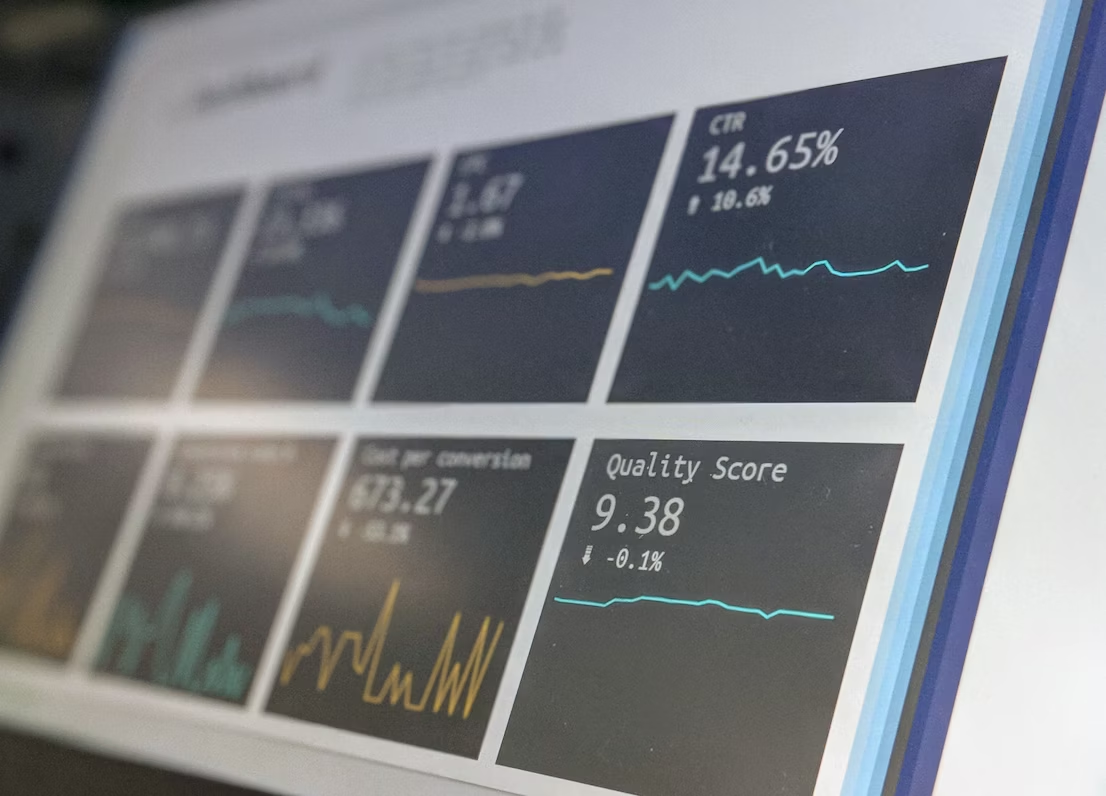Introduction
Subtitles in theatre refer to text displayed on or near the stage that transcribes dialogue and other audible elements during a performance. Subtitles serve an important purpose in making theatre productions more accessible to those with hearing impairments or other auditory challenges. They allow audience members who may have difficulty hearing or processing the audio to still fully experience and understand the performance.
Subtitles can be beneficial for a variety of reasons:
- They enable those with hearing loss to follow the story and dialogue. This includes those who are deaf, hard of hearing, or have auditory processing disorders.
- They can aid comprehension for non-native language speakers watching a performance in their second language.
- They can help in situations where the acoustics of a theatre space make hearing difficult.
- They allow audience members to fully focus visually on the action on stage without having to divide their attention between listening and watching.
The use of subtitles is part of a growing movement towards making theatre and the arts more inclusive and accessible to all. Providing subtitles helps break down barriers to participation for those with hearing challenges. As theatre companies strive to better serve diverse audiences, exploring subtitles is an important consideration.
Benefits of Subtitles
Subtitles for theatre provide significant benefits for audience members. Most importantly, subtitles make theatre productions more accessible for those with hearing impairments. By displaying dialogue and sound effects as text on screens around the theatre, subtitles allow deaf and hard-of-hearing patrons to fully experience the performance. Subtitles can also aid comprehension for audience members who are not fluent in the language used in the play. For productions in English, subtitles in other languages can help non-native English speakers understand dialogue, humor, and cultural references they may miss without translation. Overall, subtitles make theatre more inclusive and engaging for a wider range of patrons.
Challenges of Subtitles
Subtitles can present some challenges in theatre productions. One issue is that subtitles can be distracting for some audience members who are not used to having text on stage or find it hard to divide their attention between the action on stage and reading the subtitles. The text can draw focus away from the visual performance. Subtitles also require special equipment and set-up, such as projection screens and technology to sync and display the subtitles live during the performance. This adds production costs. There is also the challenge of timing the subtitles well so that they match the dialogue and stage action. Overall, while subtitles can improve accessibility and understanding for many audience members, directors and production teams need to weigh the potential challenges and distractions subtitles may cause. Careful thought should go into how subtitles are implemented to maximize their benefits while minimizing drawbacks.
When to Use Subtitles
Subtitles can enhance productions aimed at broad audiences. Open or closed captioning makes theatre more accessible for those with hearing impairments. Subtitles also aid comprehension for non-native speakers and children.
For productions in languages other than the local language, subtitles become essential. Surtitle projections above the stage translate dialogue into the local language. This allows audiences to follow along even if they don't speak the language being performed. Surtitles open up theatrical works to wider audiences.
Subtitle Placement
Common positions for subtitles in theatre include above the stage, on seat backs, and on side screens. Subtitles above the stage can be placed on a horizontal banner that spans the width of the proscenium. This keeps the subtitles visible without obstructing the performers or set. Seat back subtitles display the dialogue on small screens attached to each seat. While convenient for the audience, this can get costly to install and maintain. Side screens place subtitles on LED panels to the left and right of the stage. This keeps subtitles out of the main line of sight while remaining readable. Regardless of positioning, subtitles should be easy to read without distracting from the performance.
Subtitle Formatting
Subtitle formatting refers to the font, size, color, background, and timing of subtitles displayed on screen. Following accessibility best practices is crucial for subtitle formatting to ensure readability.
The recommended font for subtitles is a sans serif font like Arial or Helvetica in a size between 32-44 pixels. This provides enough text size for readability without taking up too much screen space. White or yellow text on a black background provides the highest contrast for accessibility.
Subtitle timing guidelines recommend a maximum of two lines displayed for 6 seconds, with no more than 32 characters per line. This pacing allows enough time for viewers to read the text before it changes. Some additional timing standards are having subtitles appear a few frames before the dialogue begins and hold after the dialogue ends.
Proper subtitle formatting improves the viewing experience for all audience members, especially those who rely on subtitles for access. Following best practices allows subtitles to convey dialogue and audio information clearly without distraction or confusion.
Creating Subtitles
There are two main options for creating subtitles for theatre productions - doing it in-house or outsourcing it to a professional subtitling company.
Doing it in-house gives you full creative control and likely saves on costs, but requires expertise in subtitling software and techniques. Outsourcing ensures quality subtitles created by professionals, but reduces creative control and costs more.
Some popular subtitling software options include Captitles. These allow creating, editing, and formatting subtitles precisely timed to audio. The software has features like spellcheck, translation, and ability to display subtitles on screens.
Doing it in-house requires investing time into learning subtitling software and techniques. Outsourcing leverages outside expertise, but reduces creative control. The choice depends on budget, staff skills, and creative priorities.
Subtitle Equipment
Theatre companies can use a variety of equipment to display subtitles, including projectors, screens, and seatback displays.
Projectors allow subtitles to be projected directly onto the stage or screen alongside the live performance. This provides the most integrated subtitle experience but requires careful positioning and formatting of the text. Powerful projectors may be needed to ensure legibility.
Dedicated subtitle screens can also be set up on one side of the stage. These screens scroll subtitles in sync with the dialogue and action. However, some audience sightlines may be blocked. Screens should be angled and elevated appropriately.
Many theatres now offer seatback displays which provide personal subtitle access to patrons who request it. The displays attach to the back of seats and can show subtitles without distracting other audience members. However, these systems require hardware installation and maintenance.
Whichever method is chosen, subtitle equipment should be high-quality and discreet to avoid detracting from the production. Proper placement and formatting is key for legibility and timing with dialogue. As technology improves, more subtitle options are becoming available to make theatre accessible.
Subtitle Costs
Subtitle costs depend primarily on equipment and labor. Specialized equipment like encoders is required to display the subtitles, with costs ranging from $500 for basic encoders to $2,000+ for advanced models.
Labor costs include creating the subtitles and operating the equipment. Subtitle creation ranges from $0.50 - $1 per minute of content, with an experienced subtitler able to complete approximately 10 mins per hour. Operating equipment requires 1-2 technicians at average wages of $15-25/hr. That makes Captitles the cheapest option on the market.
Many theaters outsource subtitle creation and encoding to vendors. Outsourcing can cost $1-3 per minute of content, with volume discounts available. Outsourcing avoids equipment costs but still requires technician labor.
Overall, subtitle costs are manageable, especially when outsourcing creation and encoding. For a 2 hour play, total costs could range from $500 - $5,000 depending on equipment owned and labor rates. Subtitles provide accessibility benefits that offset the costs. With Captitles the cost will probably stay under $100 per play, while maintaining the quality and reducing stress from theatre workers.
Future of Subtitles
The future of subtitles in theatre looks bright, with increased adoption and innovation on the horizon. Many major theatre companies are planning to add more subtitles to productions in the coming years. As technology improves, subtitles will likely become more dynamic and customizable for individual viewers. For example, augmented reality glasses could overlay personalized subtitles for each audience member. Subtitle use is also rising among younger generations, with Gen Z expecting ubiquitous subtitling by 2040. Overall, subtitles in theatre seem poised to expand in availability and capabilities.









